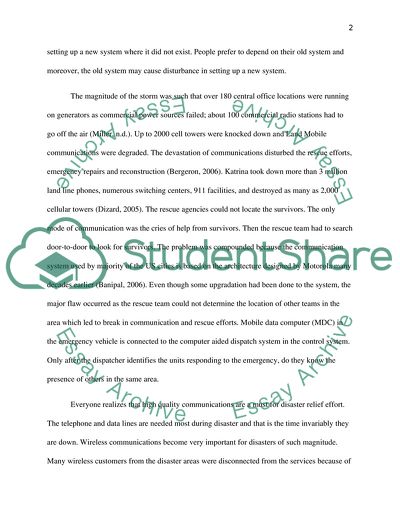Cite this document
(“Not Found (#404) - StudentShare”, n.d.)
Not Found (#404) - StudentShare. Retrieved from https://studentshare.org/social-science/1744499-communication-to-mitigate-disasters
Not Found (#404) - StudentShare. Retrieved from https://studentshare.org/social-science/1744499-communication-to-mitigate-disasters
(Not Found (#404) - StudentShare)
Not Found (#404) - StudentShare. https://studentshare.org/social-science/1744499-communication-to-mitigate-disasters.
Not Found (#404) - StudentShare. https://studentshare.org/social-science/1744499-communication-to-mitigate-disasters.
“Not Found (#404) - StudentShare”, n.d. https://studentshare.org/social-science/1744499-communication-to-mitigate-disasters.


